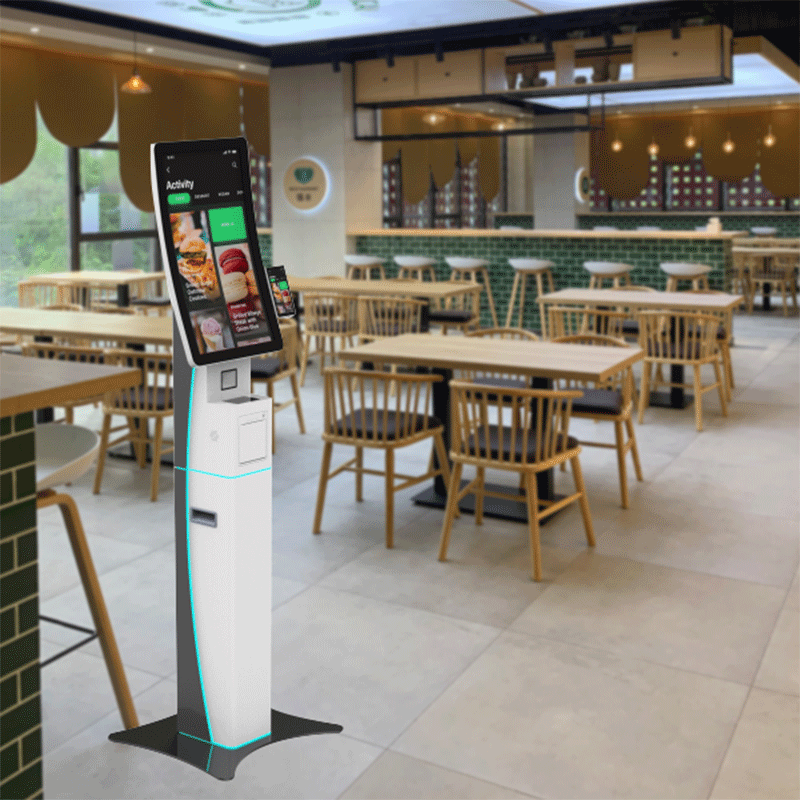
作为自助点餐机的领先制造商, XTD explores whether self-ordering machines will replace traditional waitstaff in the evolving restaurant industry. 这里, we discuss the pros, cons, and the future potential of self-ordering solutions. Our insights are grounded in XTD’s extensive experience in the kiosk industry. For more information about our products, visit our website XTD自助服务终端.
The Rise of Self-Ordering Machines in Restaurants
Self-ordering machine have become popular in fast-food chains, casual dining, and even fine dining restaurants. The advantages are clear: they streamline ordering, reduce wait times, and allow customers to customize their meals without waiting for a server. These machines also improve order accuracy, which helps reduce food waste and enhances customer satisfaction.
Benefits of Self-Ordering Machines
- 提高效率: Self-ordering kiosks allow restaurants to handle more orders during peak hours, thus maximizing service speed and reducing queues.
- 降低劳动力成本: While traditional waitstaff is essential, having fewer servers on the floor can reduce labor costs, a significant expense in the restaurant industry.
- 增强的客户体验: Self-ordering machines let customers order at their own pace, which is especially beneficial for people with dietary restrictions or customization preferences.
- Upselling Opportunities: Self-ordering machines can prompt customers with additional options, enhancing average order value through smart upselling.

Challenges and Considerations
- Customer Interaction: Some diners still prefer the personal touch of a traditional waitstaff, especially in upscale settings.
- Learning Curve: Older customers or those unfamiliar with technology may find self-ordering systems less intuitive.
- Maintenance and Downtime: Machines require regular maintenance, and if a kiosk goes down during a busy time, it can disrupt the workflow.
The Role of Waitstaff in the Future
While self-ordering machines enhance efficiency, traditional waitstaff is unlikely to be fully replaced, especially in settings where the human touch is valued. Instead, waitstaff roles might shift toward food delivery, customer assistance, and ensuring a positive dining experience.
Is a Blended Model the Solution?
A blended model combining self-ordering kiosks and traditional service is becoming a trend. This hybrid approach offers efficiency and personalization, appealing to diverse customer preferences.
结论
Self-ordering machines, like XTD’s advanced models, are transforming the way restaurants serve their customers. By reducing costs and increasing efficiency, these kiosks will continue to grow in popularity. 然而, a complete replacement of traditional waitstaff is unlikely in most dining environments. Instead, the future points to a balanced blend of automation and personalized service.
For high-quality, durable self-ordering kiosks, explore XTD’s offerings on our website. We specialize in intuitive, reliable solutions tailored for various dining environments, from quick service to fine dining.


